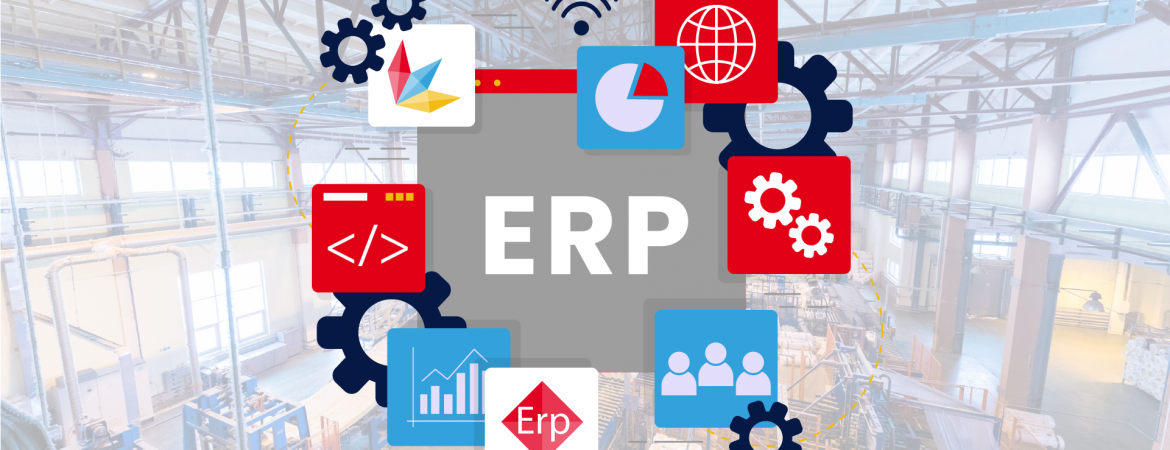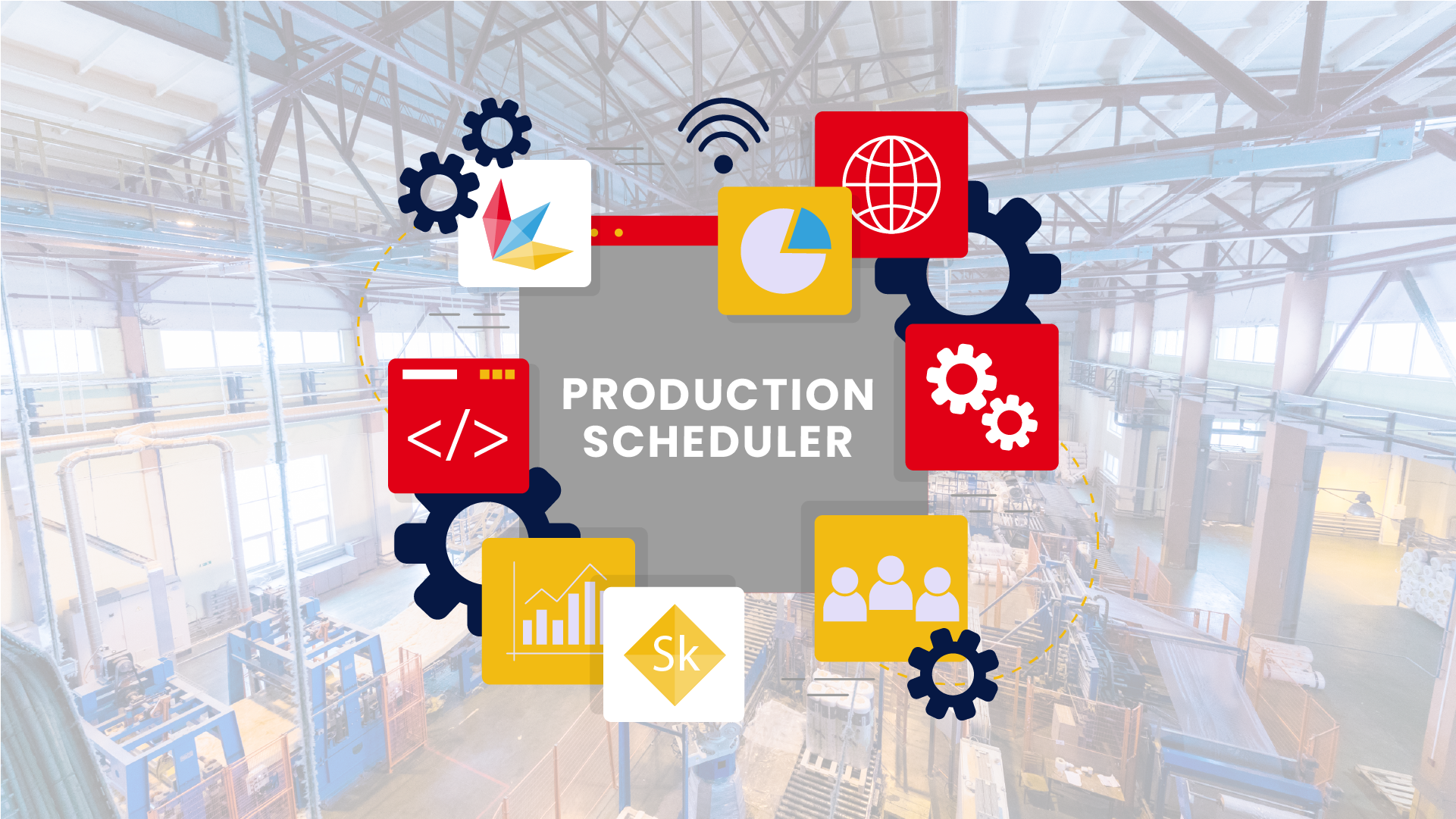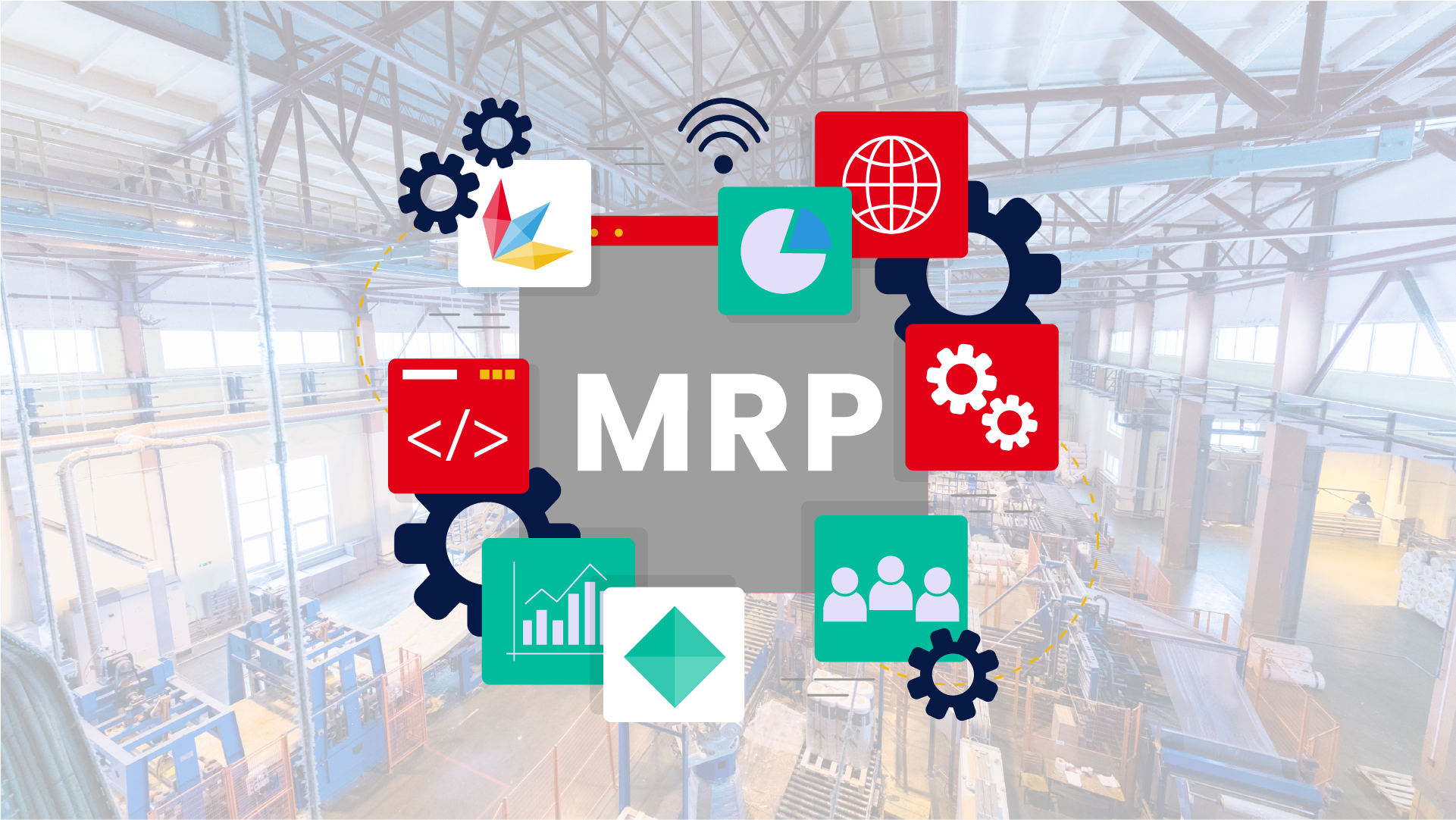ERP, an acronym often difficult for those unfamiliar with this type of software, today we shed light on this essential tool for effective enterprise management.
What does ERP stand for?
The acronym ERP stands for Enterprise Resource Planning. An ERP software is an information system that integrates and coordinates all business activities, allowing for comprehensive and centralized management of an organization’s production, financial, logistical, and administrative processes. Through an intuitive interface, users can monitor and control every aspect of their business operations, ensuring a panoramic view and making more informed decisions.
Birth of the first ERP software
The first ERP software appeared in the 1960s and 1970s when companies recognized the need to integrate their computer systems to achieve a complete and consistent view of their resources. Initially, these systems were based on mainframes and required significant customization to fit the specific needs of each company. Over the years, with the advancement of technology, ERP software became more accessible, flexible, and industry-specific.
Evolution of ERP software in the last three decades
In the past three decades, ERP software has undergone significant evolution to adapt to changing business needs and technological challenges. Initially, ERP software had a monolithic architecture, where all modules were integrated into a single system. However, this rigid structure often required expensive customizations and proved difficult to adapt to business changes.
In the following years, a modular architecture emerged, allowing companies to select the modules they needed, thus improving efficiency and reducing implementation costs. Furthermore, with the advent of cloud computing, ERP software became available as online services, eliminating the need for expensive infrastructure and simplifying updates and maintenance.
Today, ERP software offers advanced functionalities such as integration with IoT systems for real-time production monitoring, data analysis to identify areas for improvement, and artificial intelligence for automating repetitive processes.
Improving business production with ERP software
Implementing an ERP software can bring numerous benefits to business production. Here are some of the main advantages:
Integrated management: An ERP software allows for the integration of all business processes, from resource planning to order management, production to logistics, providing comprehensive visibility and control over all activities.
Resource optimization: Through data analysis and advanced planning, ERP software enables the optimization of business resources such as machinery, raw materials, and labor, reducing waste and costs.
Process automation: ERP software automates many manual and repetitive tasks, allowing employees to focus on higher-value activities, ultimately improving overall efficiency.
Production planning: ERP software provides advanced tools for production planning, optimizing delivery times, managing capacity constraints, and maintaining a balance between demand and supply.
Collaboration and communication: ERP software promotes collaboration between departments, enabling real-time information sharing, activity coordination, and more efficient communication among teams.
Why we can’t do without it
In an increasingly competitive and ever-changing business landscape, ERP software has become indispensable for medium-sized companies. Here’s why:
Efficiency and productivity: ERP software simplifies and optimizes business processes, reducing errors, increasing operational efficiency, and improving overall productivity.
Visibility and control: With ERP software, business executives can have a clear and real-time view of their operations, enabling more informed and timely decision-making.
Competitiveness: Companies utilizing ERP software can enhance their competitiveness through greater agility, improved resource management, and the ability to quickly adapt to new market challenges.
Choosing the right ERP software
Choosing the right ERP software is a crucial step in maximizing its benefits. Consider the following factors during the decision-making process:
- Business needs analysis: Carefully assess the specific requirements of the company and define the main objectives the ERP software should fulfill.
- Scalability and flexibility: Ensure that the ERP software can grow and adapt to the future needs of the company, supporting expansion and evolution.
- Intuitive interface and user-friendliness: The ERP software should be intuitive and easy to use, minimizing the learning curve for employees.
- Support and assistance: Verify that the software provider offers adequate support and solid post-sales assistance to address any issues or questions that may arise during implementation and system usage.
- Integration with other systems: Evaluate the ERP software’s ability to integrate with other existing systems in the company, such as accounting software or production systems.
In conclusion, an ERP software is an indispensable tool for medium-sized companies seeking to optimize production management and improve overall efficiency. Through its evolution over the years, ERP software now offers advanced functionalities for integrated enterprise resource planning. Choosing the right ERP software requires careful evaluation of business needs, but the benefits it can bring to production and business competitiveness make its adoption an essential investment.




Leave A Comment